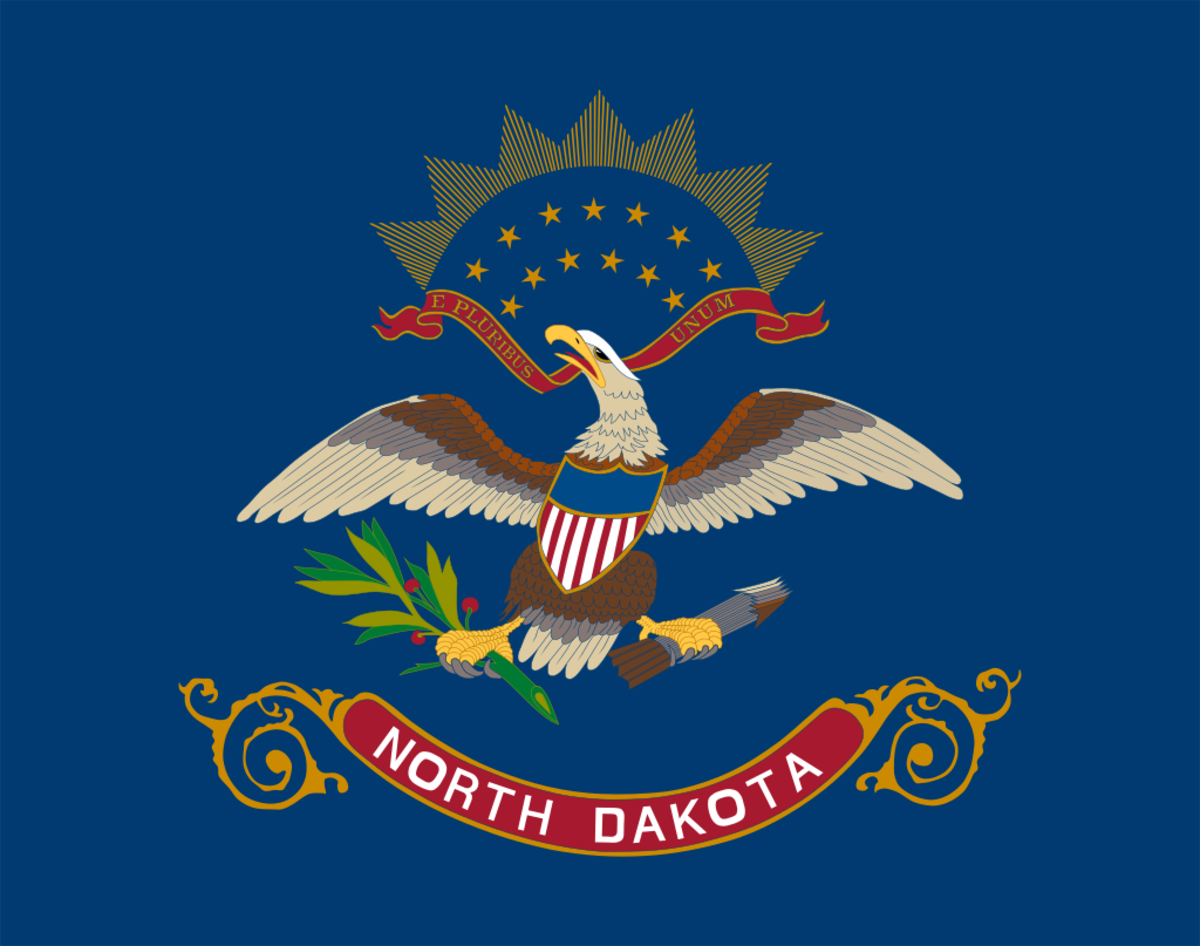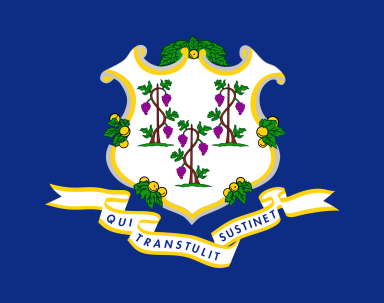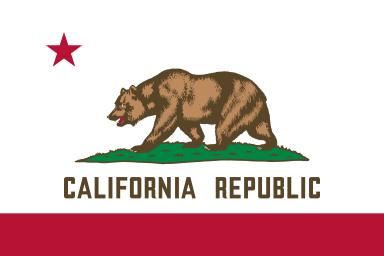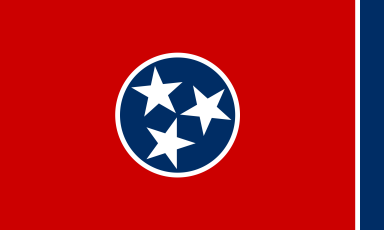Based on the most recent data from the North Dakota Department of Transportation (DOT), there were 189 motorcycle accidents throughout the state in 2021. 181 crashes resulted in injuries, while the remaining eight involved fatalities. On average, this meant that a collision occurred nearly every two days. Additionally, 62.5% of the total fatalities were not wearing helmets, while 40% of the riders involved in the state’s crashes showed signs of alcohol intoxication.
Because of the likelihood of motorcycle accidents and the prevalence of factors that cause injuries or death to those involved, North Dakota has several traffic laws and ordinances in place to prevent injury-related and fatal crashes from occurring. These laws inform state residents on how to properly operate their motorcycles and ensure their safety on the road.
In the event of an accident occurs motorcyclists are allowed to recover their losses through an insurance claim or lawsuit. For these scenarios, the state imposes various legal guidelines and rules that dictate how much accident victims can recover, when they can file a claim or a lawsuit, and what kind of insurance policies they can get and use.
North Dakota’s Motorcycle Helmet and Equipment Requirements
All motorists in North Dakota under 18 are required to wear a helmet when riding or operating a motorcycle. The helmet must meet the protective standards set by the DOT. A person cannot operate a motorcycle if they have a passenger aged below 18 who does not have a helmet. Passengers may not wear helmets if they are riding in an enclosed cab.
Additionally, to ensure the safety of riders and prevent potential crashes, a motorcycle must have the proper equipment and parts as mandated by state laws. A distributor or manufacturer must provide a certification proving that a motorcycle complies with performance standards and is thus fit for use on public roadways.
Under state guidelines, motorcycles must have the following equipment:
Automatic or manual brakes with mechanisms that prevent unintentional adjustment
Tires with a width of at least two and twenty-five hundredths inches
Handlebars with a minimum distance of 18 inches between the grips; they must also not exceed the shoulder height of the motorcycle’s seated operator
A muffler to reduce engine noise
A seat or saddle that must be at least 25 inches above a level road surface
Lighting equipment, including headlamps, a stop lamp, and a headlamp beam indicator light
A mirror with a reflective surface of at least 10 square inches
Fenders that reduce side spray and prevent road substances from being thrown to the rear of the motorcycle
A fuel system that is installed in a position that does not interfere with the motorcycle’s operation
North Dakota’s Police Pursuit Guidelines
Officers in cities and counties across North Dakota can initiate pursuits of fleeing suspects even beyond the jurisdictional border. This also applies to the North Dakota Highway Patrol, which has authority over all highways throughout the state. Officers may pursue motorists who have committed a traffic violation, felony, or misdemeanor, along with those reasonably suspected of committing such offenses.
According to the state guidelines, officers may arrest or issue citations to offenders regardless of where their vehicle stops, as long as the violation occurred within a location that is under an officer’s jurisdiction. In case a pursuit goes beyond the borders of their jurisdiction, pursuing officers must notify the local sheriff’s office, the North Dakota Highway Patrol, or the appropriate agency that has authority over the new location.
In terms of city-specific examples, the Fargo Police Department (FPD) has different guidelines related to the initiation, continuation, and termination of a pursuit. Under these guidelines, personnel can start pursuing a suspect attempting to evade detention or arrest in a vehicle after being given a signal to stop by a law enforcement officer. The FPD’s pursuit ordinances include the following:
Officers must turn on their emergency sirens and lights when pursuing a suspect
Officers must consider the nature of the suspect’s offense when initiating a pursuit and whether or not the pursuit puts other law enforcement personnel, pedestrians, and motorists at risk
Officers must factor in the pursuit’s location and present weather and traffic conditions, as well as the speed and performance of the vehicles involved
Officers cannot participate in an ongoing pursuit while transporting prisoners unless exigent circumstances allow it and only after a prisoner’s safety has been weighed against the need to apprehend the fleeing suspect
While a pursuit is underway, those directly involved must continuously relay information concerning the suspect’s location and any progress in their apprehension. Officers may terminate a pursuit under the following circumstances:
If a supervisor orders the pursuit’s termination
If the suspect’s identity has been determined, making it easier and safer to apprehend them at a later time
If the pursued vehicle’s location can no longer be determined
If an officer’s car is damaged or sustains a mechanical failure to the point where it is no longer safe to operate
If the pursuit’s danger to other individuals escalates
If the distance between the suspect and pursuing officers increases to the point where it is no longer reasonable to maintain the pursuit
If a person is injured, wherein primary and secondary officers must provide immediate medical assistance to the individual
North Dakota’s Speed Limits
Varying speed limits are imposed on roadways and highways throughout North Dakota to ensure the proper regulation of vehicle traffic and prevent accidents. These limits are absolute, meaning those who drive over any limit will be penalized accordingly.
Unless specified otherwise, North Dakota’s speed limits are:
55 miles per hour within residential districts and on loose dirt/gravel roads; the same limit applies on loose surface highways and paved two-lane highways within townships and counties if there are no specified limits in these locations
65 miles per hour on two-lane highways, if such a limit is specified
70 miles per hour on undivided roads and paved four-lane divided highways
75 miles per hour on urban and rural freeways, as well as interstate highways (including the I-29 and I-94)
Motorists who fail to follow any of North Dakota’s speed limits will be fined accordingly and receive demerit points on their license, with repeat offenders facing a potential license suspension or revocation. Harsher penalties are given to those who violate speed limits within school, construction, and hospital zones, as well as to speeding motorists who end up causing an accident.
North Dakota’s DUI Law
North Dakota prohibits motorists under the influence of liquor, drugs, or other controlled substances from operating a vehicle. A DUI charge in the state may be based on either a motorist’s degree of impairment or blood alcohol content (BAC). A motorist with a BAC level of 0.08 percent or higher will be found guilty of a DUI offense. Motorists under 21 will be penalized if their BAC level is equal to or higher than 0.02 percent.
People in North Dakota are not required to submit to field sobriety tests. However, under the rule of implied consent, all motorists automatically agree to undergo a chemical test once they choose to operate a vehicle. Those who refuse to take a chemical test may have their licenses suspended for at least 180 days to 3 years.
DUI offenders in North Dakota are penalized based on how many offenses they have committed and whether their BAC level reaches or exceeds 0.16 or 0.18 percent. Penalties include a minimum fine of $500 and imprisonment between two days and one year. Offenders must also undergo an addiction evaluation and participate in the state’s 24/7 sobriety program for 360 days to two years.
North Dakota’s Motorcycle Insurance Requirements
North Dakota law requires all motorcyclists to purchase liability coverage, which is used to pay for any losses related to bodily injuries and property damage in case the insurance owner causes a crash. According to the state’s Insurance Department, the minimum required amounts for liability coverage are:
$25,000 for bodily injuries per person
$50,000 for bodily injuries per accident
$25,000 for property damage
In addition to liability coverage, motorcyclists must obtain uninsured and underinsured motorist coverage to pay for their losses if the offending driver in an accident has no insurance or does not have enough to cover damages. The minimum amounts for uninsured and underinsured motorist coverage are the same as liability coverage, which is $25,000 for bodily injuries per person and $50,000 for physical injuries per accident.
If a motorcycle owner lends his vehicle to another person and that person causes an accident, the owner’s insurance coverage will be used to pay for any resulting losses. Any insurance owned by the person operating the motorcycle at the time will be used to cover damages that the owner’s insurance coverage cannot address.
Lastly, while North Dakota requires automobile owners to have personal injury protection coverage worth $30,000, the same coverage is optional for motorcycle owners.
Is North Dakota a No-Fault State for Insurance Claims?
North Dakota follows no-fault guidelines for accident-related insurance claims, meaning motorists must use their PIP coverage to cover their losses in terms of present and future medical care if they get into an accident, regardless of who is at fault.
However, because motorcyclists in the state are exempt from no-fault guidelines, they can file a claim or lawsuit against the liable party in an accident using their uninsured motorist coverage. They can still use any PIP coverage to cover their losses if they have it, along with other insurance policies such as collision and comprehensive coverage.
North Dakota also allows accident victims to pursue compensation and file a claim or lawsuit against an at-fault driver if their injuries result in disability or disfigurement lasting more than 60 days. The same rule applies if their total medical expenses exceed $2,500 and the court declares that the victim has suffered a serious injury.
How Much Can Someone Sue for a Motorcycle Accident in North Dakota?
North Dakota does not limit the total damages that victims can recover in personal injury cases, except those concerning medical malpractice (where noneconomic damages are capped at $500,000). However, state law dictates that any economic damage award worth more than $250,000 will be reviewed for reasonableness to determine whether it matches the economic losses a plaintiff has incurred. The court can reduce an economic damage award if it finds that its amount is unreasonable in this regard.
North Dakota courts may also award exemplary or punitive damages in a personal injury case if they find that the offender acted maliciously. The awarding of such damages is only brought up once it is determined that compensatory damages will be awarded to a victim. In case punitive damages are awarded, they cannot exceed $250,000 or two times the compensatory damages awarded to the plaintiff, whichever is greater.
Is North Dakota a Modified Comparative Fault State for Motorcycle Accident Lawsuits?
Courts in North Dakota follow the rule of modified comparative fault when awarding damages in motorcycle accident lawsuits. Under this rule, a plaintiff’s recoverable damages will be deducted if they are partially liable for the accident. The reduced amount will be equal to the percentage of the plaintiff’s assigned fault. For example, if the plaintiff is 20% liable and is awarded $100,000 in compensatory damages, he will only receive $80,000 due to his share of fault.
A plaintiff in a motorcycle accident case in North Dakota will be barred from recovering any losses if his apportioned fault exceeds that of the other party. The percentage threshold in such cases is 50%, meaning that any plaintiff whose fault reaches or exceeds this percentage will no longer be able to pursue compensation.
Suppose multiple parties are responsible for an accident. In that case, the court will adhere to the rule of several liability, wherein each party is financially responsible only for its share of a victim’s damages. Multiple parties are only jointly liable for a plaintiff’s damages if they acted in concert or did a tortious act for their own benefit.
North Dakota’s Statute of Limitations for Motorcycle Accidents
The statute of limitations for motorcycle accident lawsuits in North Dakota lasts six years, starting from the accident date. Plaintiffs must file their respective claims or lawsuits against offending drivers within this time frame, and any claim or suit filed once the statute expires will likely be dismissed. Cases that result in wrongful death due to injury follow a two-year statute of limitations, beginning from the victim’s date of death.
North Dakota’s personal injury statute of limitations changes slightly if the victim involved is a minor or is mentally disabled. In these cases, the statute of limitations extends up to one year after the minor turns 18 or 10 years after the disabled person recovers. The latter duration also counts if the disabled person dies.
In the event that a government agency or employee is liable for an accident, plaintiffs have up to 180 days to notify the state’s Risk Management Fund of their claim. They must also include the place, time, and circumstances of their injury, as well as the name of the liable state personnel and the amount of compensation being sought. The 180-day countdown begins on the day that an injury is discovered or on the date when a victim should have reasonably discovered it.
Legal Resources for North Dakota Motorcycle Accident Victims
State Bar Association of North Dakota
State residents who seek legal information and assistance can visit the State Bar Association of North Dakota’s website. Its public section includes the Lawyer Referral & Information Service, which can match plaintiffs with attorneys that fit their specific legal concerns. Each attorney can engage with an individual in a 30-minute consultation through a referral that costs $30. The website also allows residents to file complaints against lawyers. It provides access to the North Dakota Legal Self-Help Center for those who have chosen to represent themselves in civil matters.
North Dakota Department of Transportation - Crash Report Request
The NDDOT accepts requests for specific crash reports, which can be located and obtained for $7. Crash reports are only made if the accident involves injuries, fatalities, or property damage worth at least $4,000. Additionally, state residents can only access and request a report if more than 10 days have elapsed since the crash date. Those seeking a crash report must include their last name, the county where the accident occurred, and the date of its occurrence in their request.
North Dakota Insurance Department
The North Dakota Insurance Department’s website can be accessed by state residents with concerns involving different insurance policies and licensed agents throughout the state. People can relay their inquiries to the department via telephone, e-mail, mail, and fax. In addition, the department is open to those who wish to file complaints involving insurance-related issues, agents, or companies. Prospective complainants can complete and submit the Consumer Complaint form online or download a copy for later completion.
North Dakota Motorcycle Safety Program
The North Dakota Motorcycle Safety Program is a statewide initiative that helps new and experienced motorcyclists learn about proper road etiquette and safety guidelines involving the operation of motorcycles. Potential applicants can enroll in a basic or experienced rider course depending on their respective proficiencies, with classes in areas such as Jamestown, Bismarck, and West Fargo. The program’s website also has a Safety Info section detailing some guidelines and reminders for proper motorcycle maintenance, functional requirements, and protective gear.
Step into the world of Expertise.com, your go-to hub for credible insights. We don't take accuracy lightly around here. Our squad of expert reviewers, each a maestro in their field, has given the green light to every single article you'll find. From rigorous fact-checking to meticulous evaluations of service providers, we've got it all covered. So feel free to dive in and explore. The information you'll uncover has been stamped with the seal of approval by our top-notch experts.





